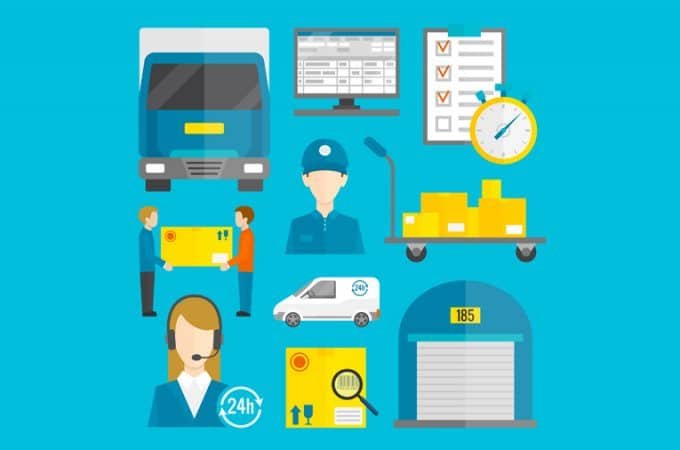
5 Robotic Process Automation Challenges
Robotic Process Automation (RPA) is a powerful tool for enhancing business efficiency by automating repetitive tasks. However, implementing RPA comes with its own set of challenges that organizations need to address to ensure successful automation. Here are five key challenges faced in RPA:
Integration with existing systems
Many organizations operate with a mix of legacy systems and modern applications, which can complicate RPA integration. Legacy systems often lack APIs or standardized interfaces, making it difficult to connect them with RPA tools.
To overcome this, RPA developers can use screen scraping or image recognition technologies to interact with legacy systems. Additionally, investing in middleware or custom integration solutions can help bridge the gap between outdated systems and modern RPA platforms.
Handling complex processes
RPA is most effective for straightforward, rule-based tasks. Complex processes that involve multiple decision points, exceptions, or non-standard workflows can be challenging to automate. These processes often require more advanced logic and adaptability.
Leveraging advanced RPA tools that incorporate artificial intelligence (AI) and machine learning can enhance the ability to handle complex scenarios. Breaking down processes into smaller, manageable parts and using detailed process mapping can also help in designing effective automation solutions.
Ensuring data security and compliance
Automating processes that handle sensitive or regulated data introduces significant security and compliance risks. Ensuring that RPA solutions adhere to data protection regulations and maintaining the confidentiality and integrity of data are critical concerns.
Implementing robust security measures such as encryption, access controls, and regular audits can help safeguard data. Additionally, aligning automation practices with regulatory requirements and conducting compliance reviews can mitigate risks.
Change management and user acceptance
RPA implementation can lead to changes in workflows and job roles, which may be met with resistance from employees. Ensuring that staff accept and adapt to new automation solutions is crucial for successful deployment.
Engaging stakeholders early in the process, providing comprehensive training, and communicating the benefits of RPA can help ease the transition. Involving users in the development process and addressing their concerns can also promote acceptance and collaboration.
Maintaining and scaling automation solutions
Once deployed, RPA solutions require ongoing maintenance to ensure they continue to function effectively. Changes in the environment, such as updates to software or shifts in business processes, can impact the performance of automation solutions. Scaling RPA solutions to accommodate increased workloads or additional processes can also be challenging.
Developing a structured maintenance plan that includes regular updates, performance monitoring, and support can help ensure the longevity of RPA solutions. Designing automation with scalability in mind and using flexible, adaptable RPA tools can facilitate growth and accommodate changing needs.
Addressing these challenges requires careful planning, technical expertise, and strategic management. By proactively tackling these issues, organizations can maximize the benefits of RPA, drive efficiency, and achieve successful automation outcomes.
With the help of our team of expert RPA developers, your organization can achieve significant efficiency gains, cost savings, and overall business growth. Let Direct Impact Solutions help you unlock the full potential of RPA.





